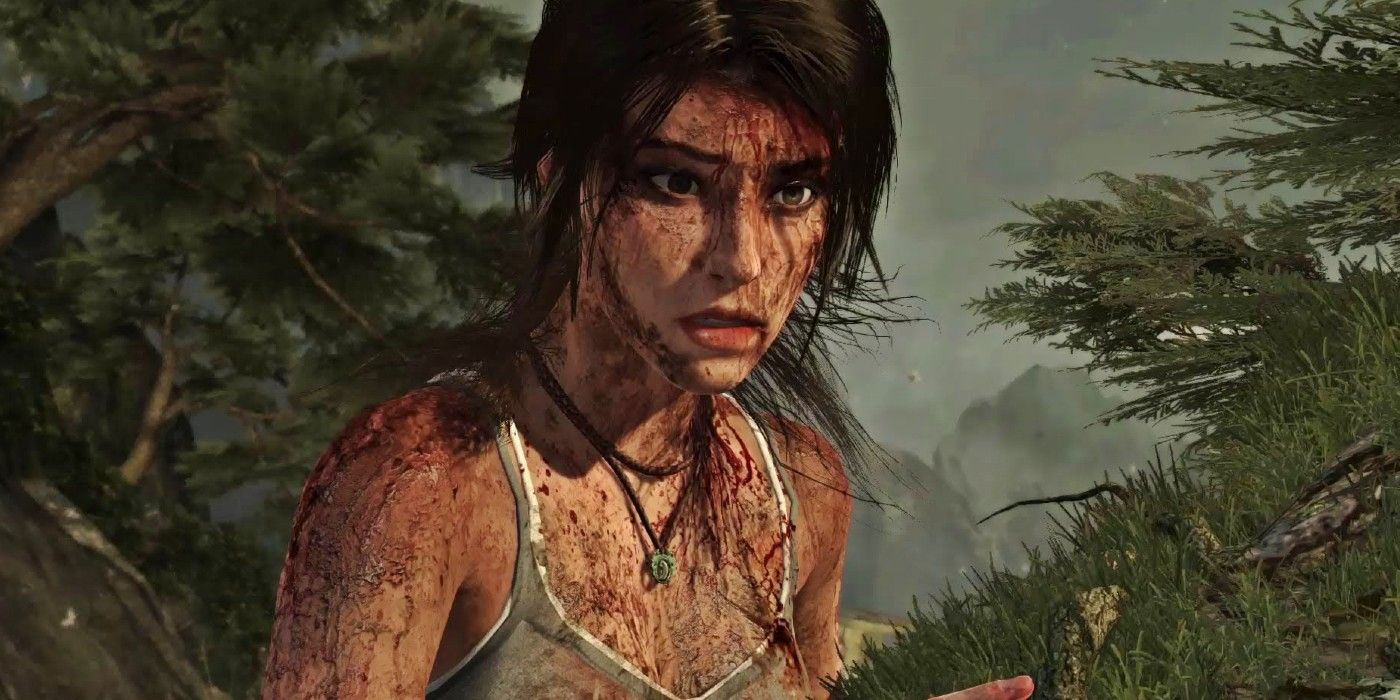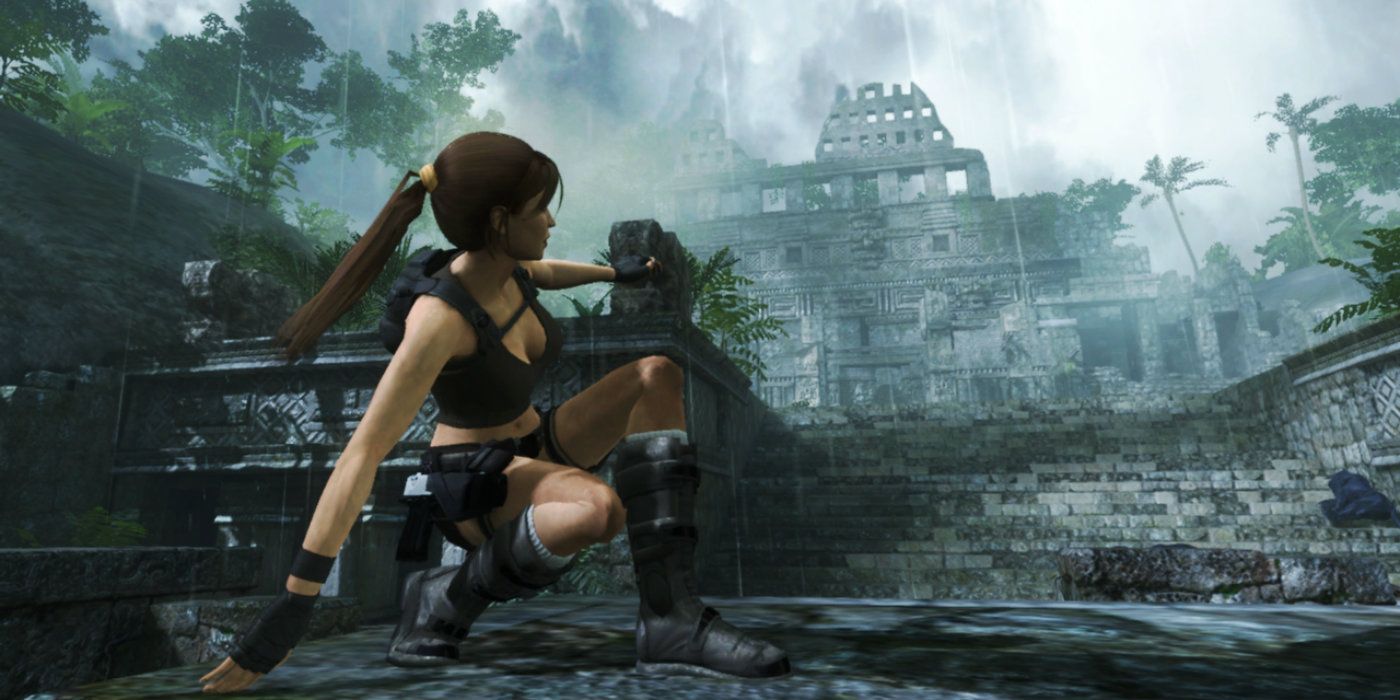With new sequels comes an expectation of improvement from the writing to gameplay, but the Tomb Raider reboot saw very few changes in gameplay from Tomb Raider (2013) to Shadow of the Tomb Raider. The reboot's goal was to introduce a younger Lara Croft before she becomes the iconic dual-wielding, relic-hunting tomb raider the fans have known her to be. Throughout the three titles, Lara is seen struggling with hardship after hardship, be it the cultist military organization of Trinity or an island magically cursed to keep people from leaving.
The story of the reboot trilogy follows Lara exploring an island off the coast of Japan, investigating the lost city of Kitezh in Siberia, and then to the Amazon to stop Trinity from remaking the world. Along these adventures, Lara gathers a host of weapons and gadgets she uses at her disposal to traverse through puzzles and eliminate those trying to kill her. From Tomb Raider's bow and its upgrades to a grenade launcher to her climbing picks, Lara doesn't shy away from using whatever she needs to ensure her survival. There are slight variations to these items, but the player rarely receives a brand-new weapon that reinvents combat in the trilogy, and while each game gets larger, the core stays the same.
Somehow the Tomb Raider reboots did not grasp what having a proper sequel was supposed to look like. The subsequent additions of Rise of the Tomb Raider and Shadow of the Tomb Raider's Predator-style gameplay saw the story further Lara Croft as a character, but it barely touched the surface, never providing a fresh take on combat with either sequel. The improvements made to combat and exploration were bare bones, adding minor things such as air pockets for long distances underwater and crafting bombs or traps to catch enemies off-guard. Still, none of these added something completely new to the table. The sequels would have been better off taking a page out of games like Tomb Raider: Underworld, allowing the player to utilize a magical artifact to trip up her enemies.
Tomb Raider Stagnated Without True Sequel Gameplay Improvements
Square Enix succeeded in delivering a trilogy with a gripping tale of Lara Croft's rough beginnings but failed to keep their audience's attention with tricks that could drastically change the experience of combat. Instead, the trilogy becomes a dull third-person shooter with a story that'd be better off as a motion picture. The decision to completely reboot the series once more is also odd, as it became way darker in its original Tomb Raider stories as if the developers were trying to mirror the success of Uncharted. The unfortunate truth is that the fun acrobatic combat with time-stop mechanics and witty banter was replaced with combat that made the game bearable.
Since the release of Shadow of the Tomb Raider, there has been little word on the next story in the Tomb Raider franchise. The franchise may return to its roots of dungeon delving, finding and protecting ancient relics, and blasting through bad guys with two pistols in hand. As gripping a tale as the reboot trilogy was, the Tomb Raider series would be better off merging the Tomb Raider timelines or tackling an older Lara Croft who is accustomed to being light on her feet when tackling ancient relics and magic. Until the next installment is revealed, the Tomb Raider reboots will represent a fantastic story with mediocre gameplay as Lara Croft learns the ropes.


